Home>Gardening & Outdoor>Plant Care & Gardening Tips>When To Plant Zone 7 Wildflower Seeds
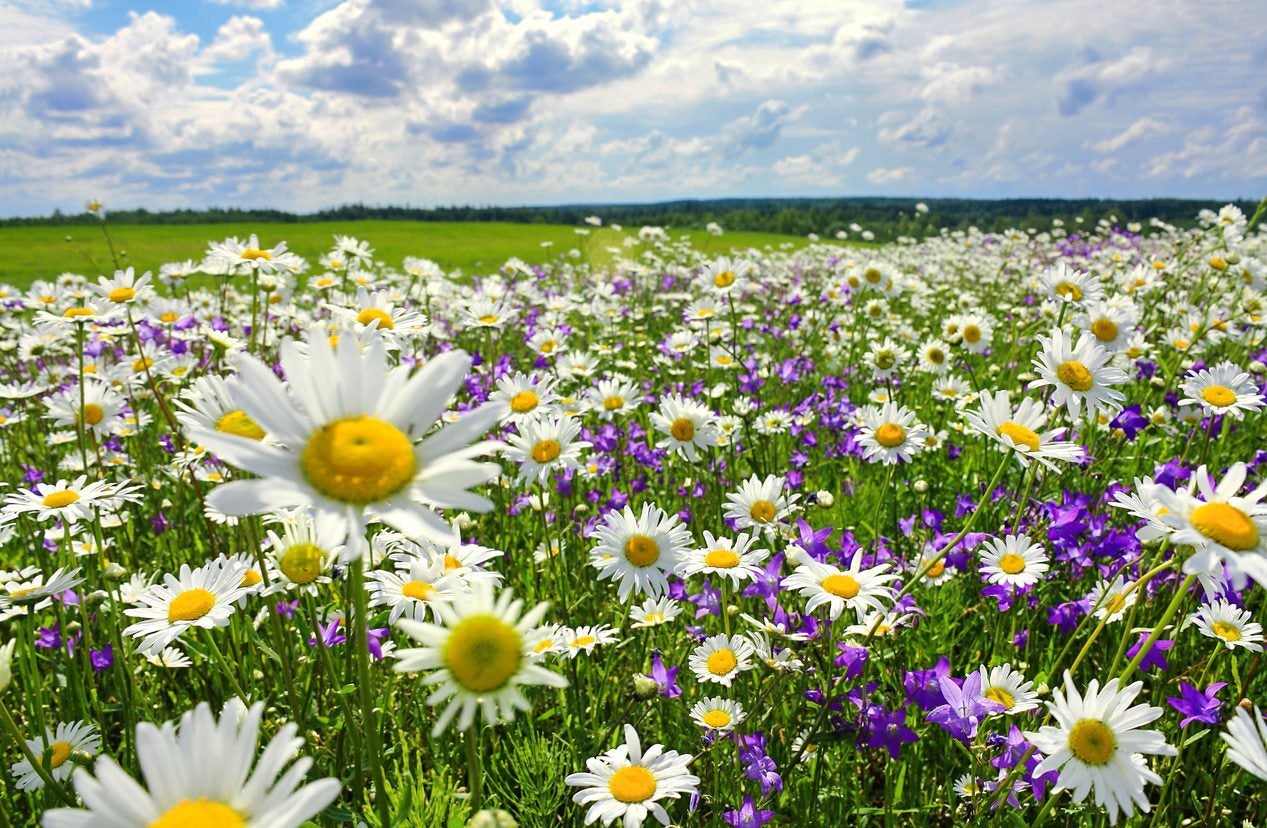

Plant Care & Gardening Tips
When To Plant Zone 7 Wildflower Seeds
Modified: March 24, 2024
Discover the best time to plant zone 7 wildflower seeds and get expert plant care and gardening tips to ensure a successful and vibrant garden. Unlock the secrets to thriving wildflowers in your zone 7 garden today!
(Many of the links in this article redirect to a specific reviewed product. Your purchase of these products through affiliate links helps to generate commission for Storables.com, at no extra cost. Learn more)
Introduction
Welcome to the enchanting world of zone 7 wildflowers! If you're a nature enthusiast or a gardening aficionado, you're in for a treat. Zone 7 encompasses a diverse range of climates, offering a perfect environment for a stunning array of wildflowers to thrive. Whether you're a seasoned gardener or just starting out, the allure of vibrant blooms and the opportunity to create a haven for pollinators is undeniably captivating.
In this comprehensive guide, we will delve into the art of cultivating zone 7 wildflowers from seeds. From understanding the unique characteristics of these resilient plants to mastering the art of planting and nurturing them, you'll gain invaluable insights to embark on a rewarding gardening journey. Our exploration will encompass the best timing for planting, soil preparation techniques, the actual planting process, and essential care tips to ensure your wildflowers flourish in their natural habitat.
So, prepare to immerse yourself in the world of zone 7 wildflowers, where the beauty of nature meets the artistry of gardening. Whether you envision a picturesque meadow dotted with colorful blooms or a charming cottage garden abuzz with life, the possibilities are as boundless as the landscapes these wildflowers call home. Let's embark on this delightful adventure and unlock the secrets to cultivating a breathtaking tapestry of zone 7 wildflowers in your own outdoor sanctuary.
Key Takeaways:
- Plant zone 7 wildflower seeds in early spring or late fall for vibrant blooms. Prepare soil with compost and organic matter for optimal growth.
- Care for zone 7 wildflowers by watering, thinning, and protecting from pests. Enjoy the ever-changing beauty of native flora in your garden.
Read more: When To Plant Luffa Seeds In Zone 8
Understanding Zone 7 Wildflowers
Zone 7 encompasses a broad geographical range, characterized by its moderate climate and diverse landscapes. From the coastal regions of the Pacific Northwest to the Appalachian Mountains in the East, this zone boasts a rich tapestry of flora, including an enchanting array of wildflowers. These resilient plants have adapted to the specific climatic conditions of zone 7, thriving in its moderate temperatures and varying soil types.
Zone 7 wildflowers exhibit remarkable diversity, ranging from delicate perennials to robust annuals, and encompassing a spectrum of colors, shapes, and sizes. They play a pivotal role in supporting local ecosystems, attracting pollinators such as bees, butterflies, and hummingbirds. Their ability to withstand the climatic nuances of zone 7 makes them a valuable addition to any garden, contributing to its ecological balance and visual allure.
One of the defining features of zone 7 wildflowers is their adaptability to both sun-drenched areas and partial shade, offering versatility in landscaping and garden design. From the cheerful blooms of Black-Eyed Susans to the graceful spires of Purple Coneflowers, these wildflowers infuse any outdoor space with a natural charm that evolves throughout the seasons.
Understanding the unique characteristics of zone 7 wildflowers is essential for successful cultivation. Their resilience, vibrant blooms, and ecological significance make them a captivating choice for gardeners seeking to harmonize their outdoor spaces with the native flora. As we venture further into the realm of zone 7 wildflowers, we will unravel the secrets to nurturing these captivating plants and witnessing their splendor unfold in your own garden.
Best Time for Planting Zone 7 Wildflower Seeds
Timing plays a pivotal role in the successful cultivation of zone 7 wildflowers from seeds. Understanding the optimal planting window is crucial for ensuring that the seeds germinate and thrive in the favorable conditions of this climate zone. In zone 7, the best time for planting wildflower seeds is during the early spring or late fall, leveraging the moderate temperatures and ample moisture to support the seeds’ germination and establishment.
Early Spring Planting:
- Early spring, typically from late March to early April, presents an ideal opportunity to sow wildflower seeds in zone 7. As the frost recedes and the soil begins to warm, the seeds can germinate and establish robust root systems before the onset of summer.
- Choose a day when the soil is slightly moist but not waterlogged, ensuring optimal conditions for seed sowing. The mild temperatures and increasing daylight hours provide an advantageous environment for the seeds to sprout and grow.
- By planting in early spring, the wildflowers have ample time to develop and acclimate to their surroundings, preparing for a vibrant display of blooms in the coming months.
Late Fall Planting:
- Alternatively, late fall, typically from mid-October to early November, offers another opportune period for planting zone 7 wildflower seeds. The soil retains residual warmth from the waning summer, creating a conducive environment for seed germination.
- As the temperatures gradually cool and the first frosts loom on the horizon, sowing wildflower seeds in late fall allows them to undergo a period of stratification, mimicking the natural cycles that trigger germination in the wild.
- The seeds lie dormant through the winter months, awakening with vigor as the soil warms in the following spring, ready to embark on their growth journey.
By aligning the planting of wildflower seeds with the seasonal rhythms of zone 7, you harness the inherent vitality of these resilient plants and set the stage for a spectacular display of blooms. Whether you opt for the rejuvenation of spring or the anticipation of fall, the timing of planting wildflower seeds in zone 7 is a harmonious dance with nature, ensuring a bountiful tapestry of colors in your garden.
Preparing the Soil for Planting
The foundation for cultivating thriving zone 7 wildflowers lies in the preparation of the soil. A nutrient-rich and well-aerated soil environment provides the essential support for the germination and growth of wildflower seeds. In zone 7, where the soil composition may vary across different regions, understanding and optimizing the soil conditions are vital steps in creating an ideal habitat for these resilient plants.
Assessing Soil Composition:
- Before planting wildflower seeds, assess the soil composition in your garden or chosen planting area. Zone 7 soils can range from sandy to loamy or clay-based, each with distinct characteristics that influence drainage, moisture retention, and nutrient availability.
- Conduct a simple soil test to determine the pH levels and nutrient content, guiding you in making informed amendments to optimize the soil for wildflower cultivation.
Amending the Soil:
- Based on the soil test results, amend the soil as needed to create an optimal growing medium for wildflowers. Incorporate organic matter such as compost or well-rotted manure to enhance soil structure, fertility, and microbial activity.
- Adjust the pH levels if necessary, aiming for a slightly acidic to neutral range that is conducive to the growth of a diverse array of wildflowers.
- Ensure proper drainage by amending heavy clay soils with organic materials and enhancing moisture retention in sandy soils through the addition of organic amendments.
Preparing the Planting Site:
- Prior to sowing the wildflower seeds, prepare the planting site by removing any debris, weeds, or rocks that may impede seed germination or hinder the growth of emerging seedlings.
- Loosen the top layer of soil to a depth of a few inches, creating a friable seedbed that facilitates seed-to-soil contact and allows the emerging roots to penetrate the soil with ease.
- Smooth the soil surface to create a uniform bed for planting, ensuring that the seeds are evenly distributed and covered with an appropriate layer of soil for successful germination.
By meticulously preparing the soil, you lay the groundwork for a flourishing display of zone 7 wildflowers. This thoughtful approach sets the stage for the seeds to embark on their growth journey, unfurling into a captivating tapestry of colors and textures that harmonize with the natural landscape of this diverse climate zone.
Plant zone 7 wildflower seeds in early spring or late fall for best results. This will give the seeds time to establish before the heat of summer or the cold of winter.
Planting Zone 7 Wildflower Seeds
Embarking on the journey of planting zone 7 wildflower seeds is an opportunity to sow the seeds of natural beauty and ecological vitality in your outdoor space. Whether you envision a meadow-inspired landscape or a vibrant cottage garden, the process of planting wildflower seeds is a delightful endeavor that aligns with the seasonal rhythms of this climate zone. By following a few simple yet essential steps, you can set the stage for a breathtaking display of native blooms that will enchant both you and the local pollinators.
Choosing the Right Seeds:
- Select a diverse mix of zone 7 wildflower seeds that are well-suited to the specific climatic conditions and soil composition of your region. Opt for a blend of annuals and perennials to create a dynamic and enduring floral tapestry.
- Consider the sunlight exposure and moisture levels in your garden when choosing wildflower seeds, ensuring that the selected varieties align with the environmental factors prevalent in zone 7.
Sowing the Seeds:
- Prepare the seeds for planting by mixing them with a carrier material such as sand or vermiculite. This step facilitates even distribution of the seeds and helps prevent overcrowding, enabling each seed to establish itself optimally.
- Choose a calm day with minimal wind to sow the prepared seeds, as this allows for precise and uniform distribution without the risk of seeds drifting away from the intended planting area.
- Scatter the seeds evenly over the prepared soil surface, aiming for a naturalistic distribution that mimics the effortless beauty of wildflower meadows.
Covering and Watering:
- After sowing the seeds, gently rake the soil surface to lightly cover the seeds with a thin layer of soil. This ensures that the seeds are in close contact with the soil, promoting successful germination and seedling establishment.
- Water the planted area gently, using a fine mist setting or a watering can with a rose attachment to avoid displacing the seeds. Ensure that the soil is evenly moist but not waterlogged, creating an optimal environment for germination.
By following these steps, you set the stage for the magic of nature to unfold, as the seeds awaken and embark on their growth journey. The act of planting zone 7 wildflower seeds is a testament to your commitment to nurturing the beauty of the natural world, and it heralds the promise of a vibrant and ecologically rich garden that harmonizes with the unique landscapes of this climate zone.
Read more: When Should I Plant Wildflower Seeds
Caring for Zone 7 Wildflowers
Once you have sown the seeds of zone 7 wildflowers and witnessed the first delicate sprouts emerging from the soil, it’s time to embark on the nurturing journey that will ensure the continued vitality and splendor of these resilient plants. Caring for zone 7 wildflowers involves a thoughtful blend of attentive maintenance, mindful watering, and strategic interventions to support their growth and enhance their natural resilience in the dynamic climate of this zone.
Watering:
- During the initial stages of growth, maintain consistent moisture in the soil to support the establishment of young seedlings. While zone 7 wildflowers exhibit resilience, they benefit from regular, gentle watering to aid in their early development.
- Observe the moisture levels in the soil and water as needed, ensuring that the plants receive adequate hydration without succumbing to waterlogging, which can impede root development.
Thinning and Maintenance:
- As the seedlings mature, monitor their growth and thin out any overcrowded areas to provide ample space for the plants to flourish. Thinning encourages robust growth and prevents competition for resources among the wildflowers.
- Remove weeds and competing vegetation that may encroach on the wildflower patches, allowing the plants to thrive without undue competition for sunlight, nutrients, and space.
Support and Protection:
- Consider providing support to taller wildflower varieties, such as installing discreet stakes or natural supports to prevent them from bending or swaying excessively in inclement weather.
- Protect the emerging blooms from potential pests by employing organic pest control methods, such as introducing beneficial insects or using natural repellents to deter pests while preserving the ecological balance of the garden.
Observation and Enjoyment:
- Take time to observe the wildflowers as they progress through their growth stages, from the emergence of the first leaves to the unfurling of vibrant blooms. This mindful approach allows you to detect any signs of stress or potential issues, enabling proactive interventions to maintain the health of the plants.
- Embrace the beauty of the wildflowers as they transform the landscape, creating a haven for pollinators and lending an ethereal charm to your outdoor space. Revel in the ever-changing tapestry of colors and textures that evolve with each passing season.
Caring for zone 7 wildflowers is a testament to your dedication to preserving the natural splendor of these resilient plants. By tending to their needs with attentiveness and care, you foster a harmonious ecosystem that celebrates the enduring allure of native flora and contributes to the ecological vibrancy of zone 7 landscapes.
Conclusion
As we conclude our journey through the enchanting realm of zone 7 wildflowers, we reflect on the profound beauty and ecological significance of these resilient plants. From the moment the seeds are sown to the flourishing tapestry of blooms that graces the landscape, the process of cultivating zone 7 wildflowers is a testament to the enduring harmony between nature and the artistry of gardening.
By understanding the unique characteristics of zone 7 wildflowers and embracing the seasonal rhythms of this climate zone, gardeners embark on a captivating journey that celebrates the diversity and resilience of native flora. The best time for planting wildflower seeds, whether in the rejuvenating embrace of spring or the anticipatory hues of fall, sets the stage for a vibrant and enduring display of blooms that harmonize with the natural landscape.
Preparing the soil with care and attention lays the foundation for the seeds to take root and thrive, creating an optimal environment for the wildflowers to flourish. The act of planting the seeds, a thoughtful and deliberate process, embodies the hope and promise of witnessing nature’s transformative power unfold in your own garden.
As the wildflowers emerge and grow, the nurturing journey begins, encompassing mindful watering, attentive maintenance, and the joy of observing the ever-changing landscape. Caring for zone 7 wildflowers is a testament to the enduring connection between gardeners and the natural world, fostering a sanctuary that celebrates the resilience and beauty of native flora.
In the dance of seasons and the passage of time, zone 7 wildflowers weave a tapestry of colors, textures, and fragrances that captivate the senses and enrich the ecological tapestry of the garden. Their allure extends beyond mere aesthetics, attracting and supporting a myriad of pollinators, contributing to the local ecosystem’s vitality.
As you embrace the splendor of zone 7 wildflowers in your own outdoor sanctuary, may their beauty inspire a deeper appreciation for the intricate balance of nature and the profound joy of nurturing a living landscape. The journey of cultivating zone 7 wildflowers is a celebration of resilience, beauty, and the enduring connection between humans and the natural world.
So, let us continue to sow the seeds of natural beauty, tend to the flourishing wildflowers with care, and revel in the ever-unfolding marvel of native flora. With each bloom and each season, may the enchanting world of zone 7 wildflowers inspire a deeper reverence for the timeless wonders of the natural world.
Frequently Asked Questions about When To Plant Zone 7 Wildflower Seeds
Was this page helpful?
At Storables.com, we guarantee accurate and reliable information. Our content, validated by Expert Board Contributors, is crafted following stringent Editorial Policies. We're committed to providing you with well-researched, expert-backed insights for all your informational needs.
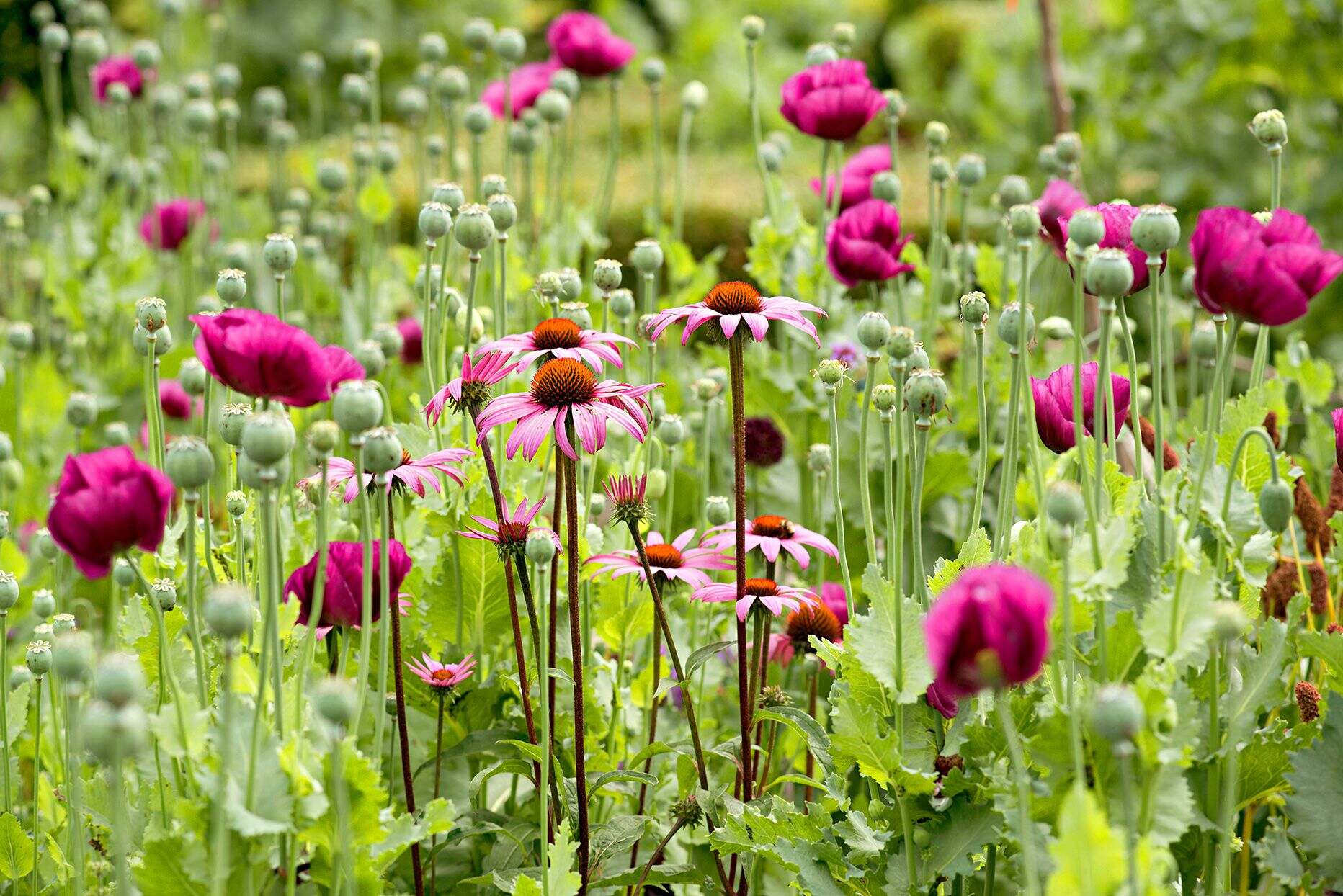
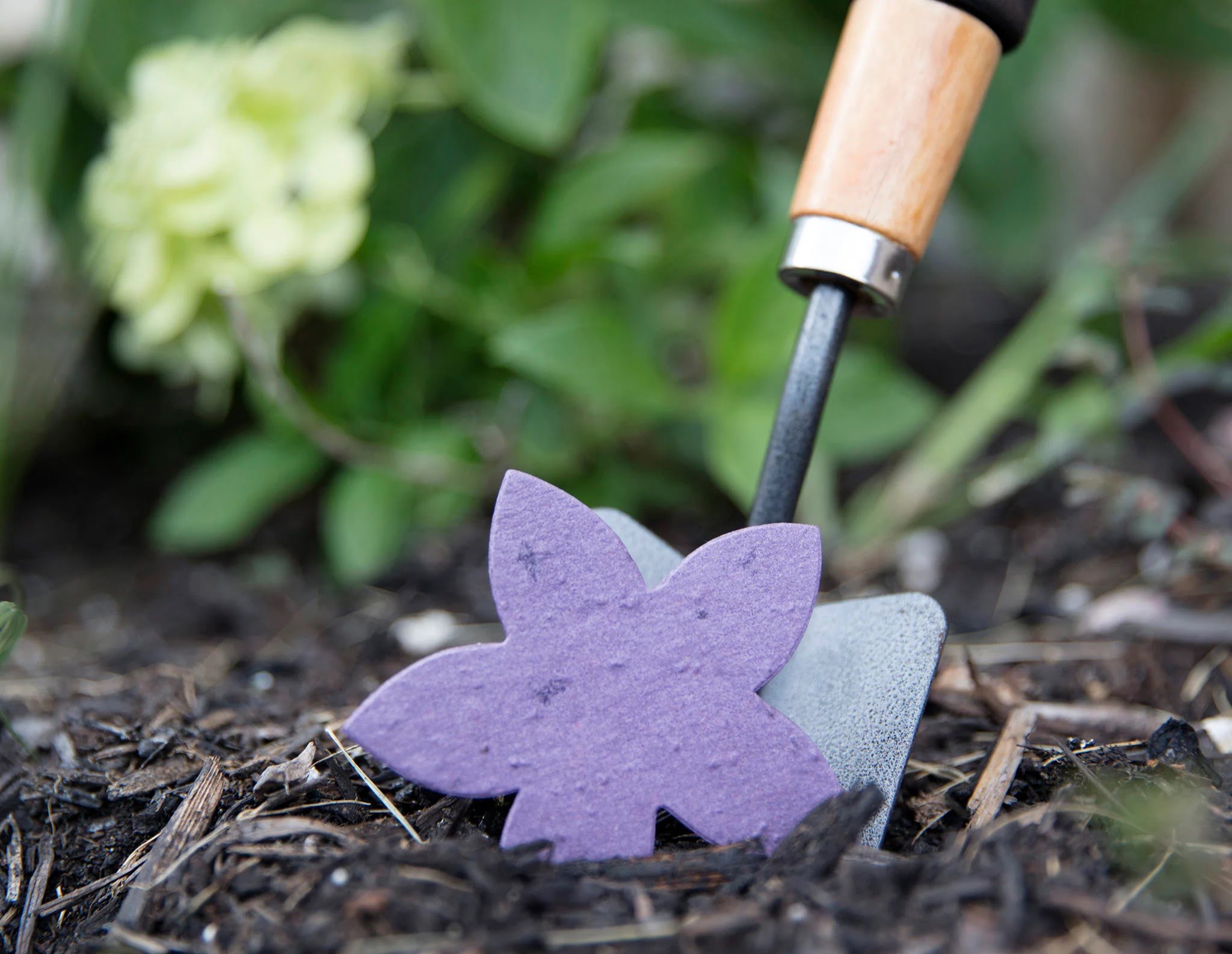
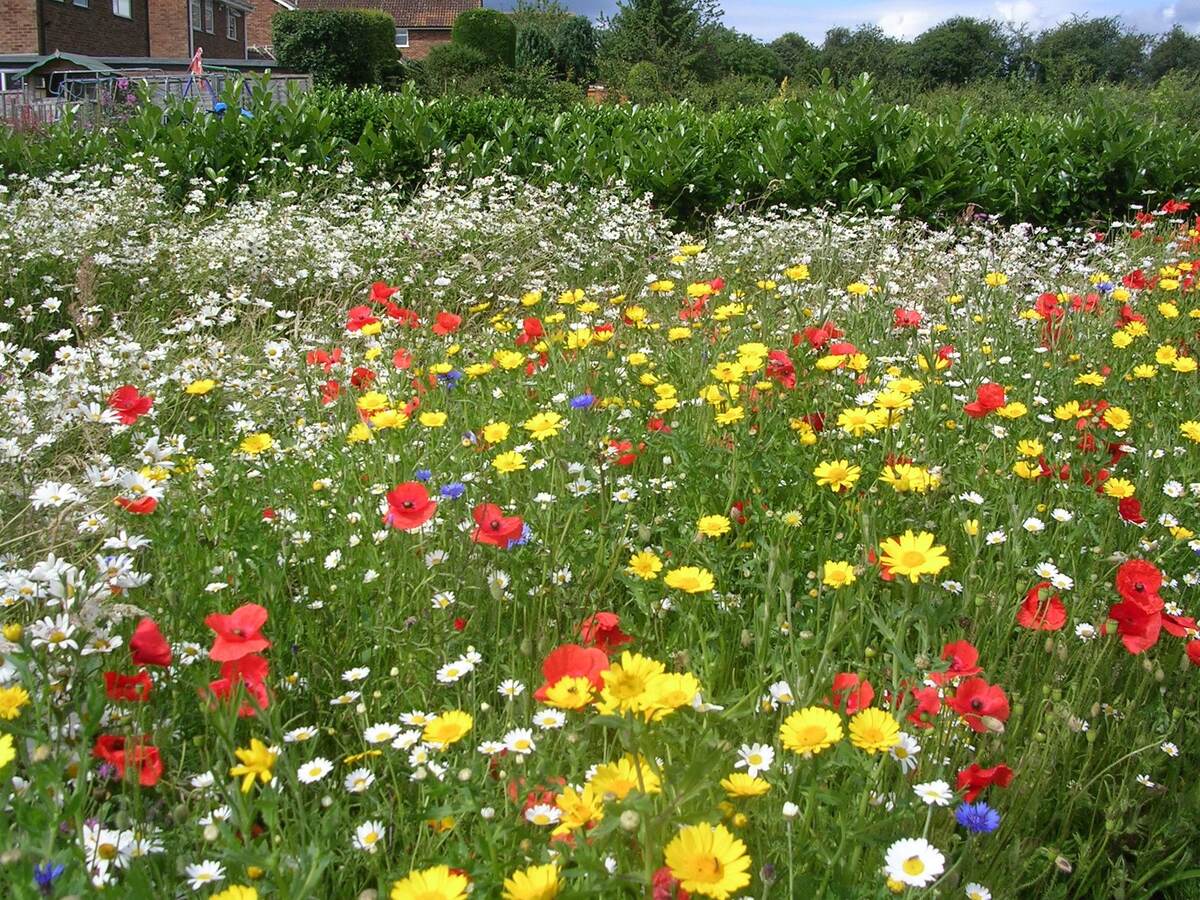

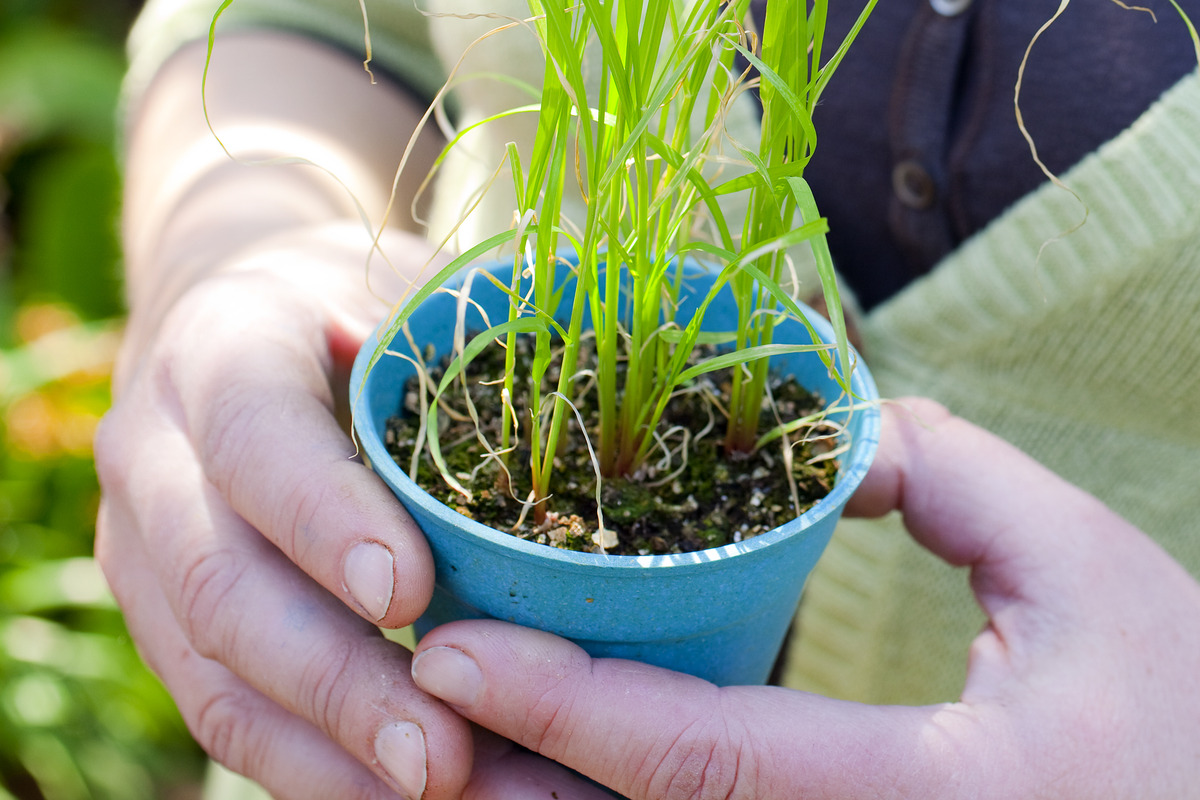
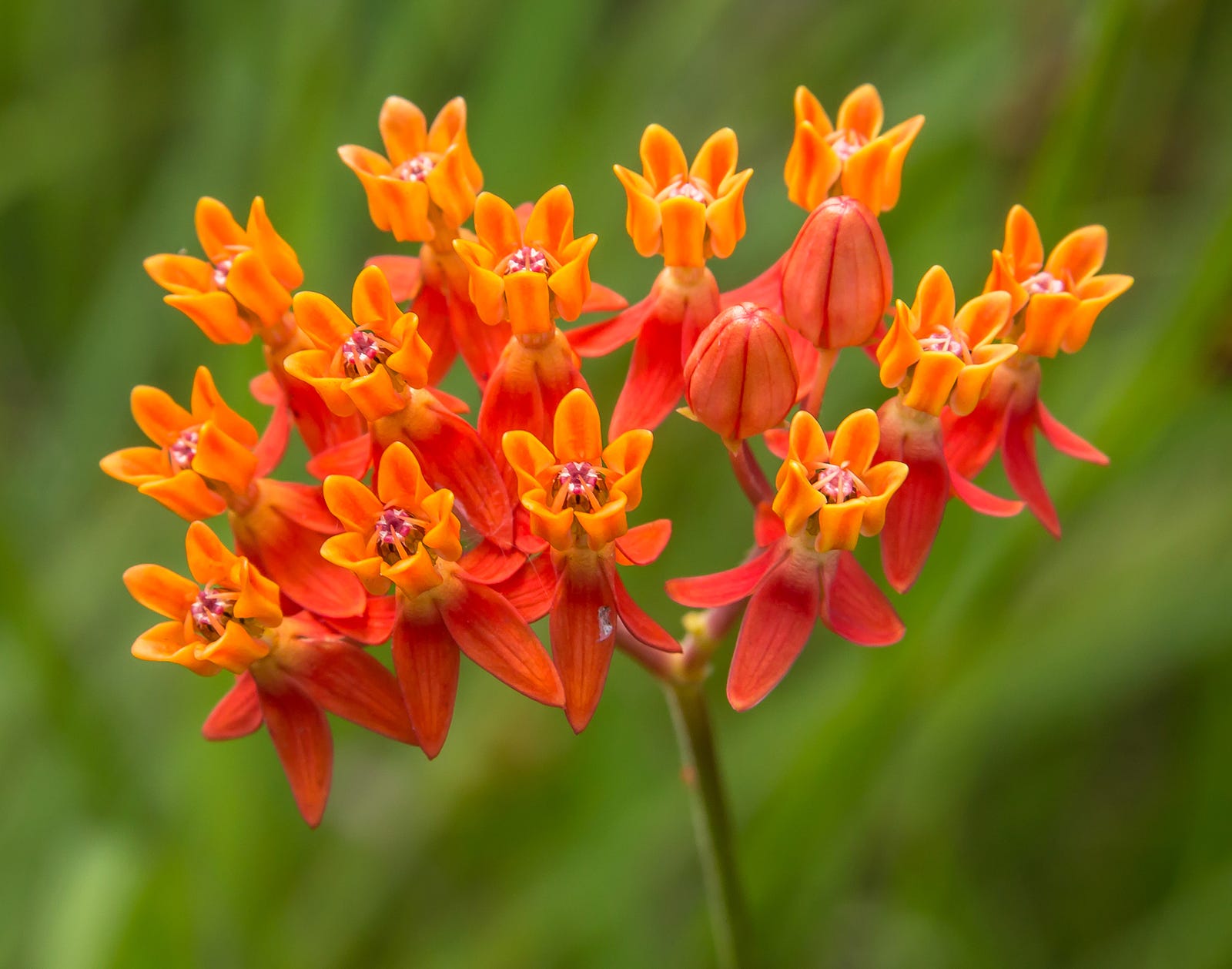
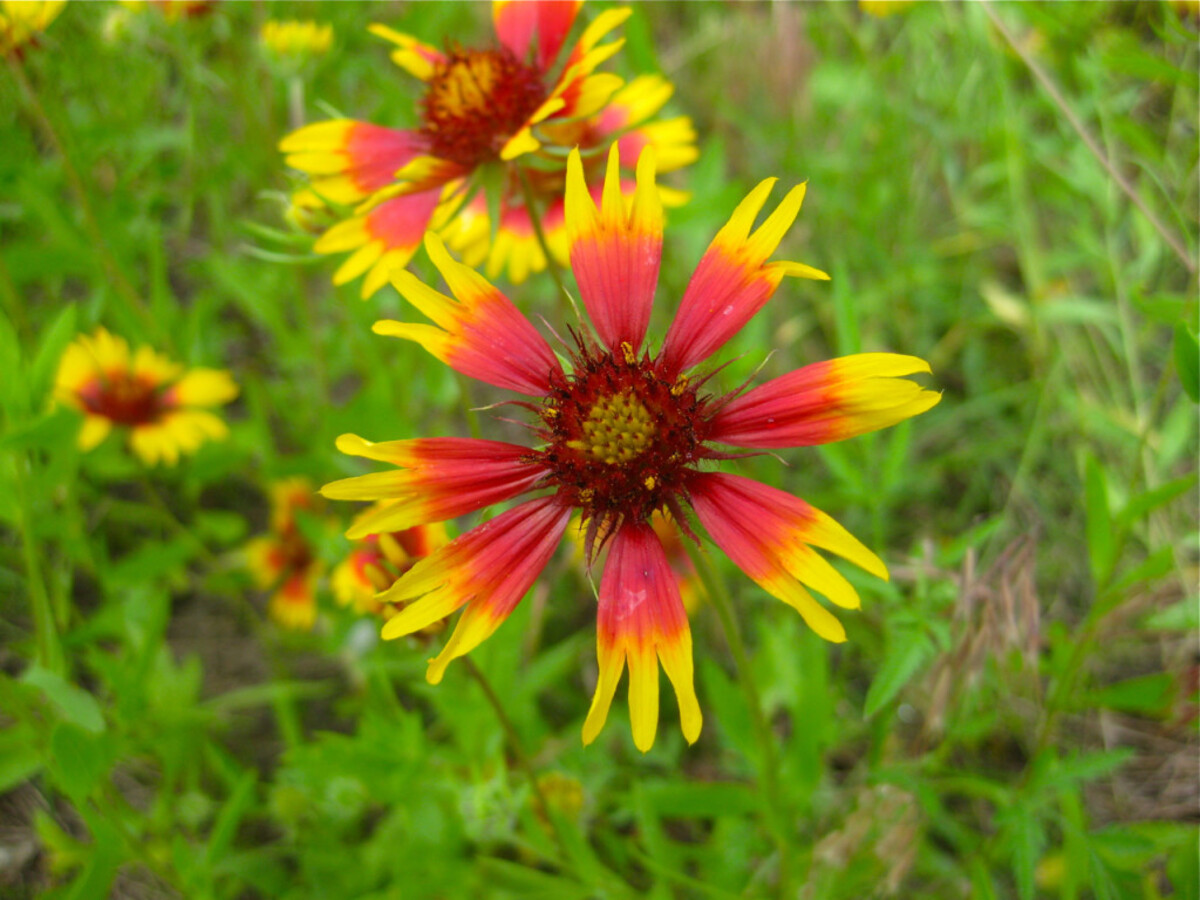
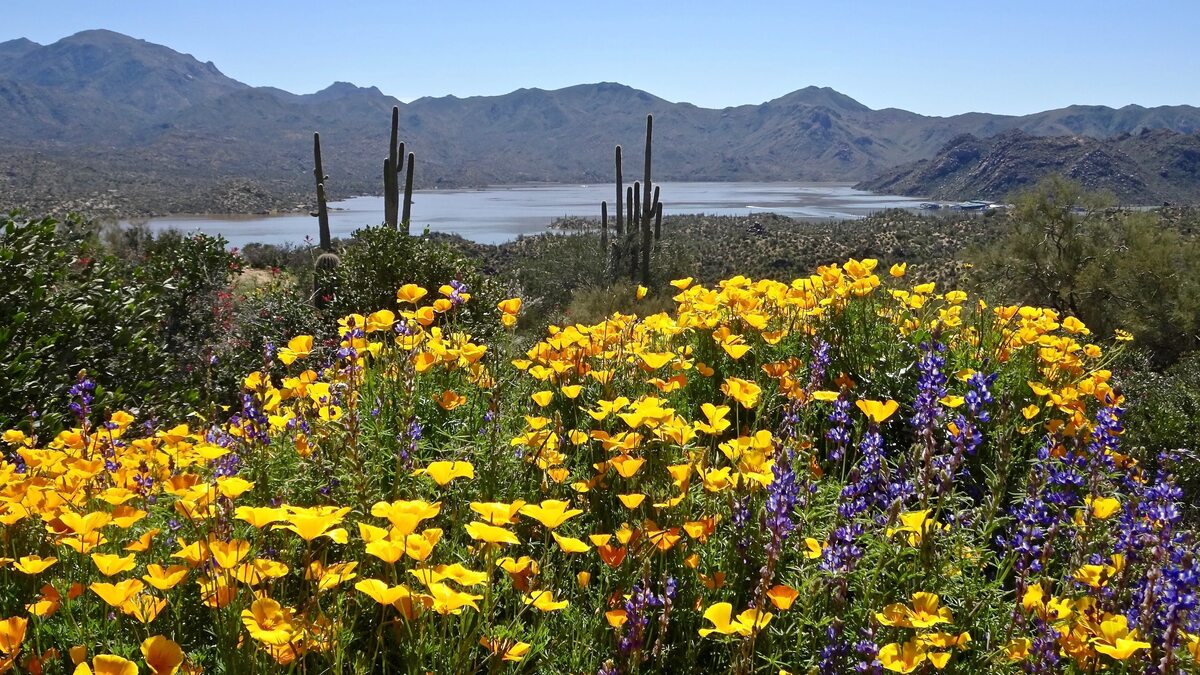
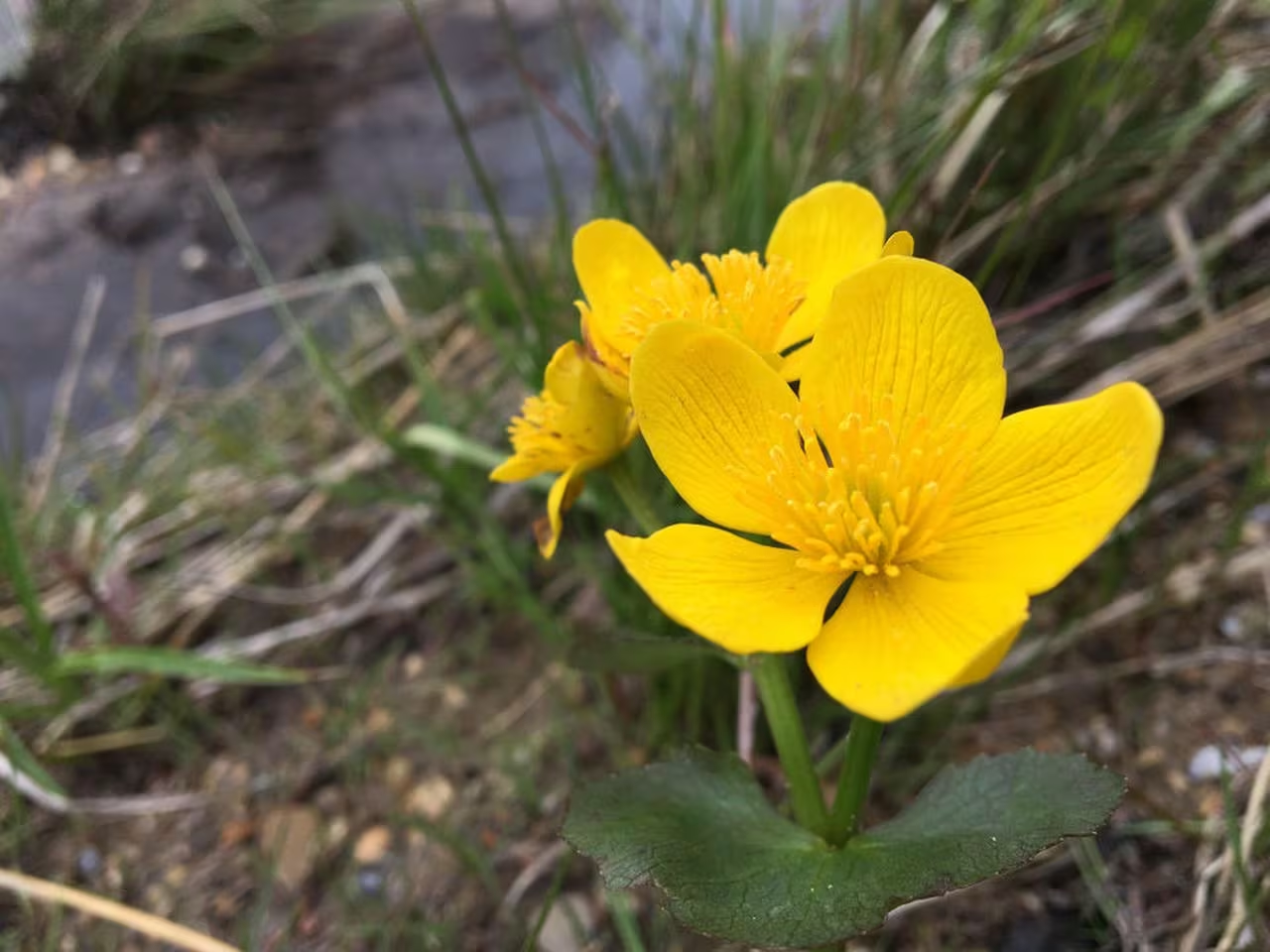
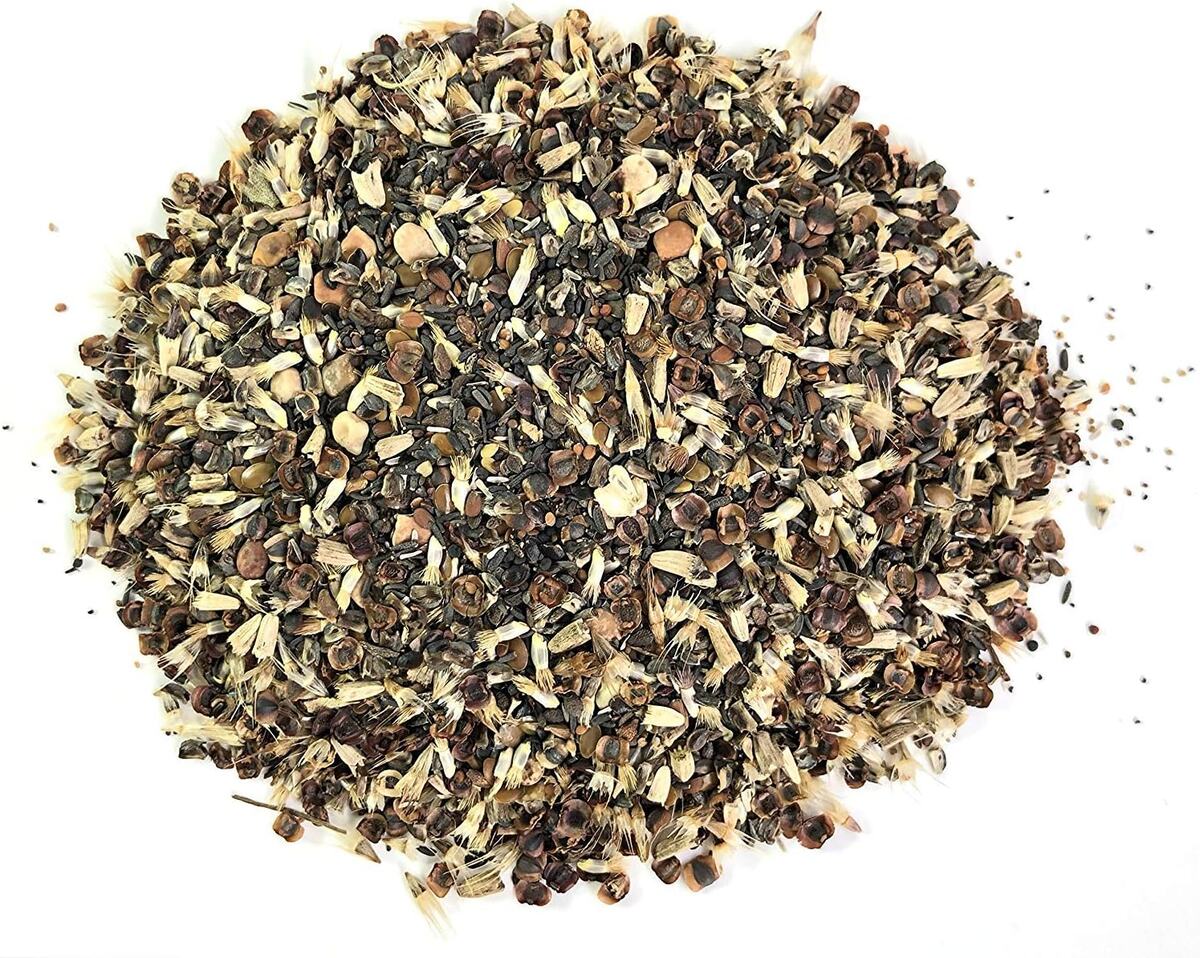
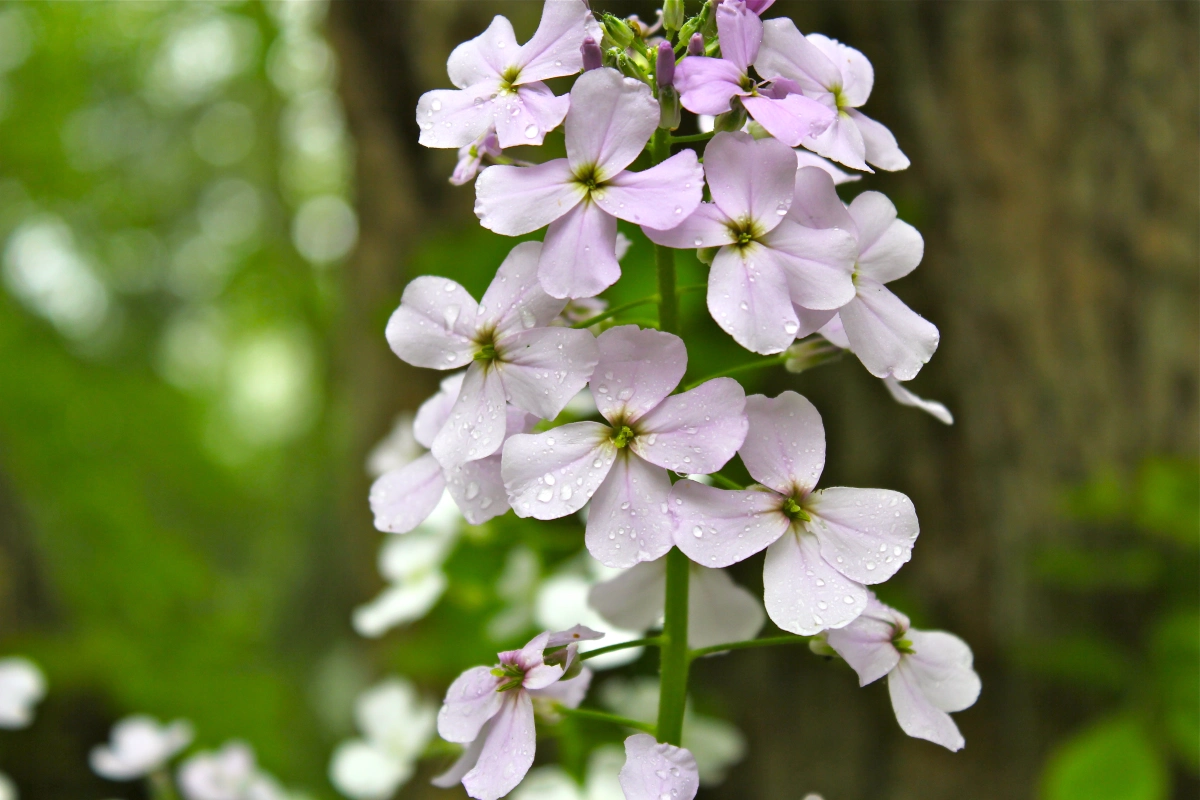
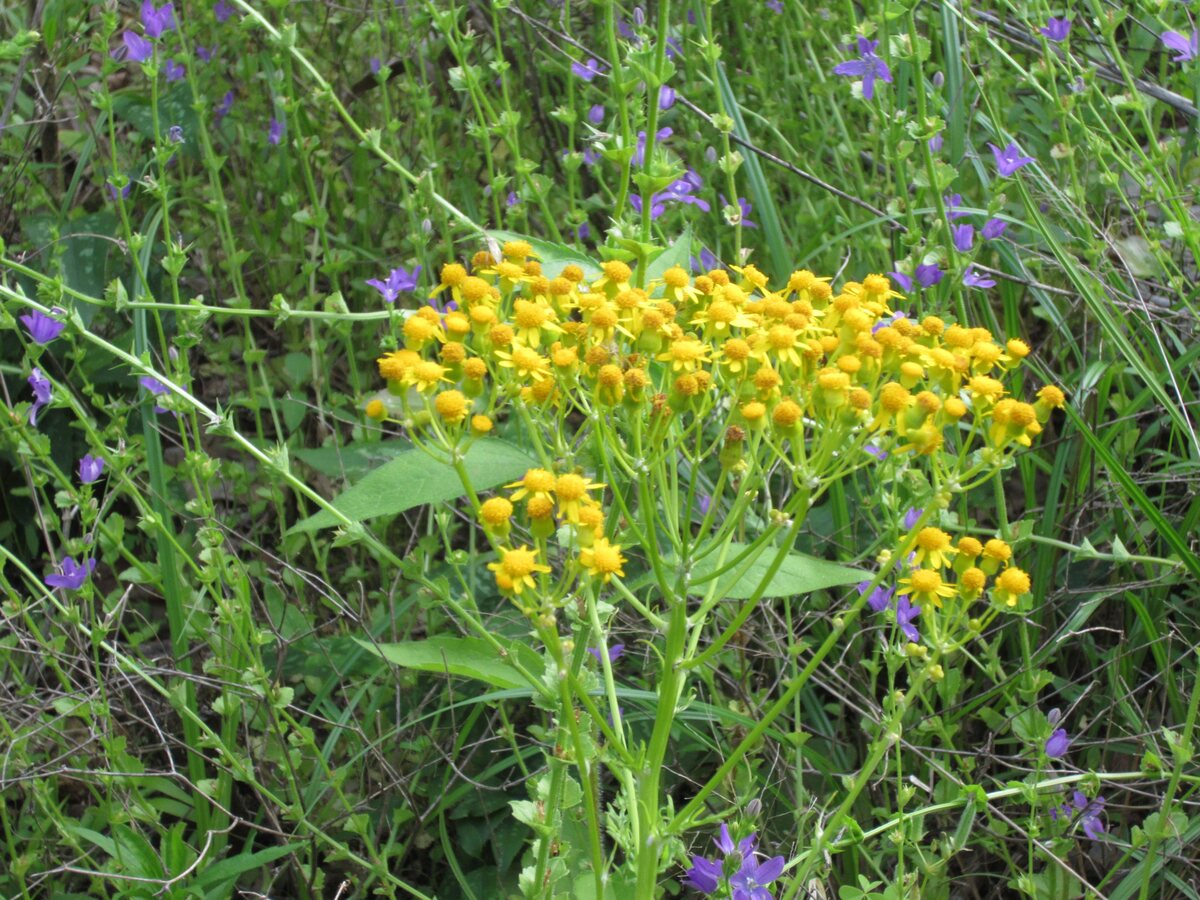
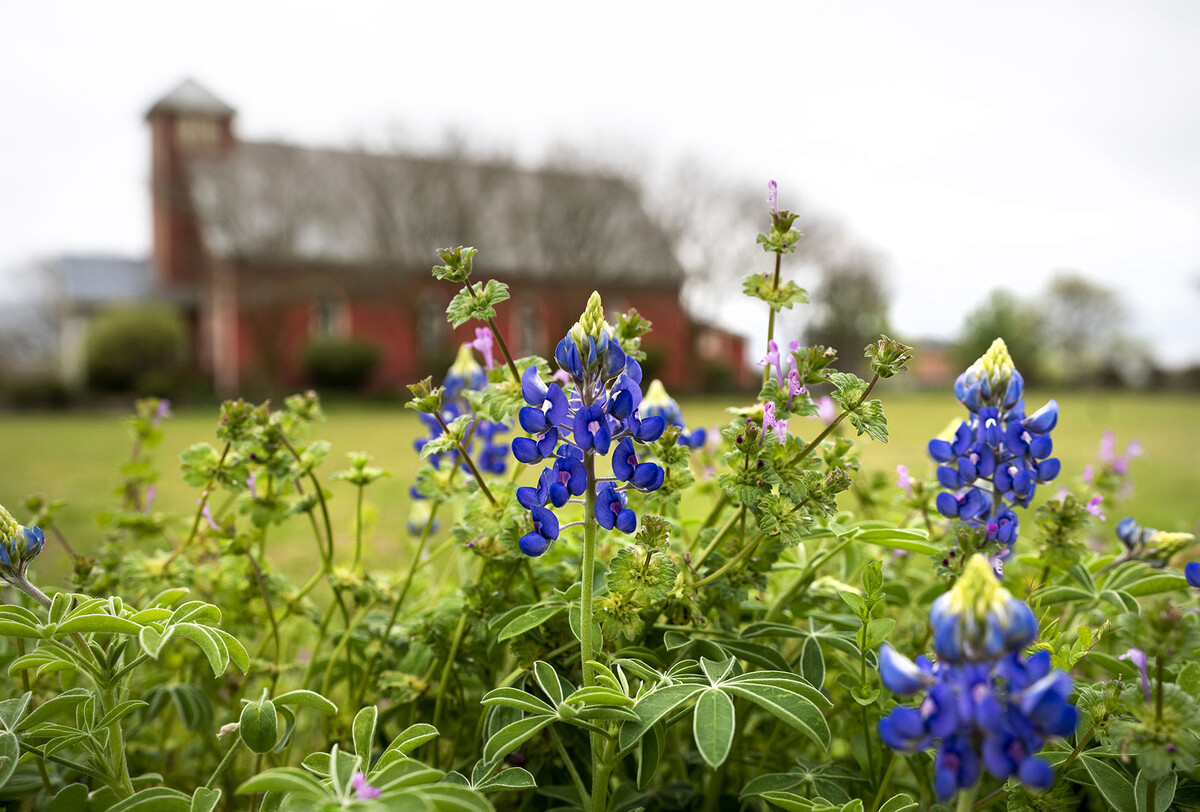
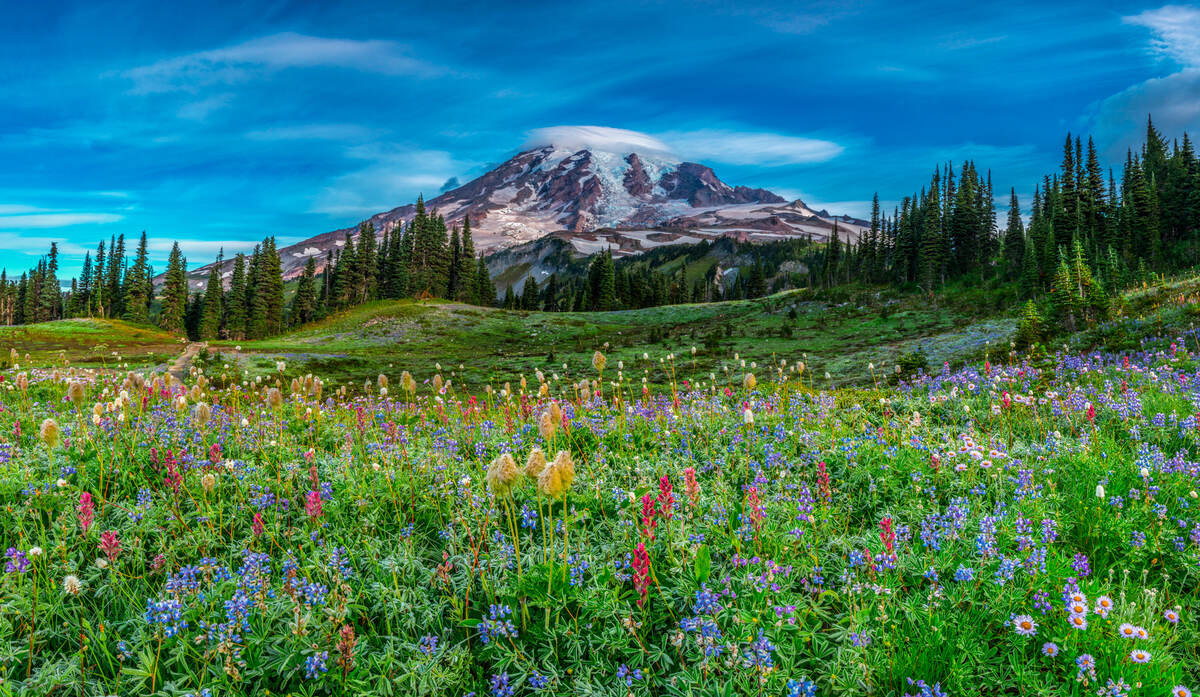

0 thoughts on “When To Plant Zone 7 Wildflower Seeds”